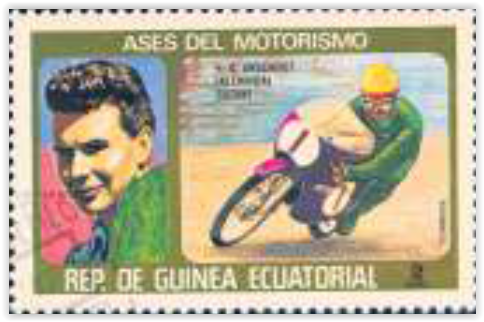
Part 1 of the story of the 3-time world champion
Germany’s most successful racing driver for almost two decades
It was to take almost two decades until Toni Mang, a Bavarian, replaced the Prussian Hans Georg Anscheidt as three-time world champion and most successful German Grand Prix driver. Anscheidt was an idol of his time. He was so famous as a racing driver in the 1960s that he was not only acclaimed in the media. He even adorned a postage stamp in Equatorial Guinea and one of the Panini trading cards in 1968, which was so coveted at the time. With his column “Boys, your fifties” in the German youth magazine “Bravo”, which still exists today, he became the German hero of countless teenagers.
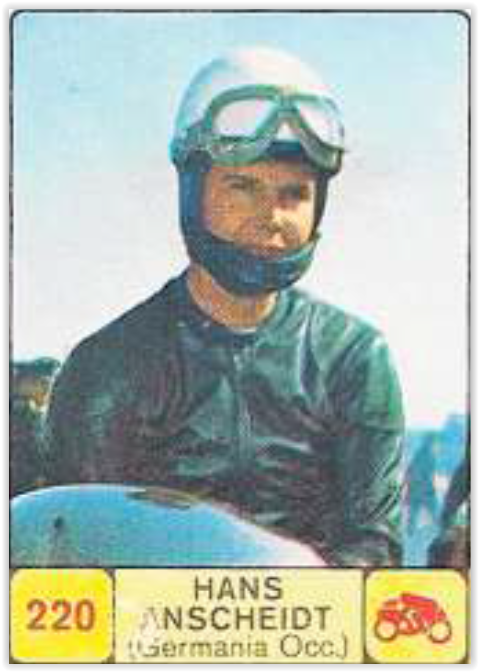
The first beginnings
The German motorcycle racer began his career on a Kreidler. The then very successful company from Kornwestheim near Stuttgart concentrated on the construction of mopeds, small and light motorcycles from 50 to 80 cm³ displacement. Until well into the 1970s, models like the “Kreidler Florett” graced the streets of Europe. Hans Georg, born in Königsberg (today Kaliningrad) on December 23, 1935, has been interested in technology and engines since he was a child. That’s why he decided to do an apprenticeship as a motor vehicle locksmith (today mechanic).
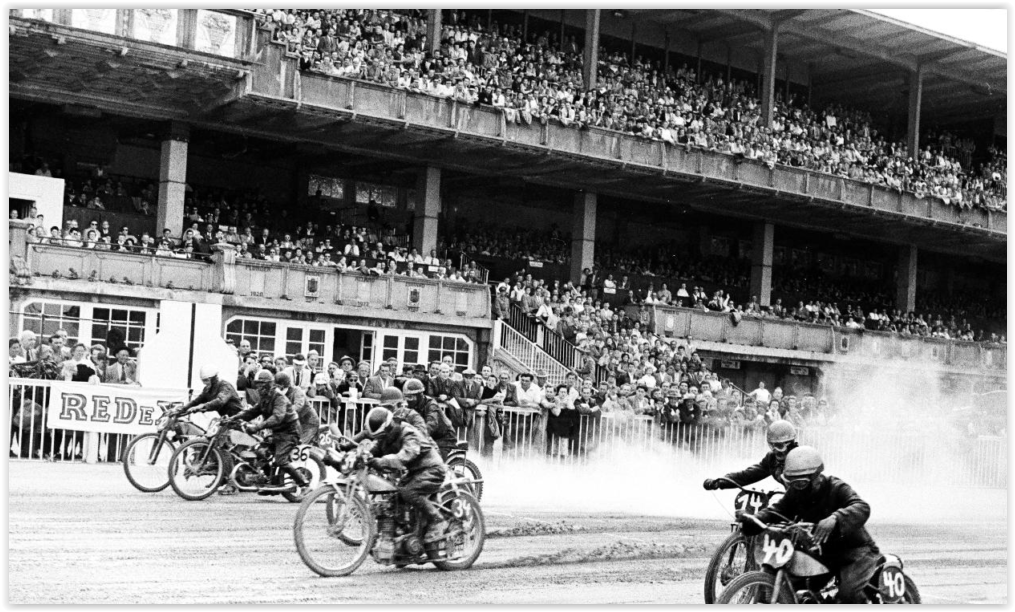
Young Hans Georg’s passion
His favorite and passionately pursued hobby was to drive track races. In the pre-war years and also after World War II, motorcycle track races were quite popular, and back then they were often simply held on trotting tracks.
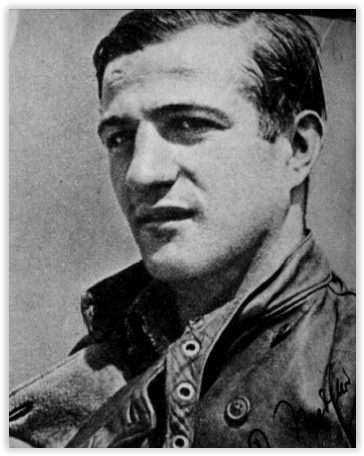
The Kreidler ad as the initial spark for a unique career
In a trade magazine, the Kreidler was looking for a driver for the works team with whom the two-wheeler manufacturer wanted to start in the newly established racing class of the fifties. The trained car mechanic Anscheidt was the right man for it and got the job. Hans Georg moved from northern Germany to the southwest. He was only 25 at the time, he later said in an interview. An age at which today’s drivers are often already in the middle of a MotoGP career.
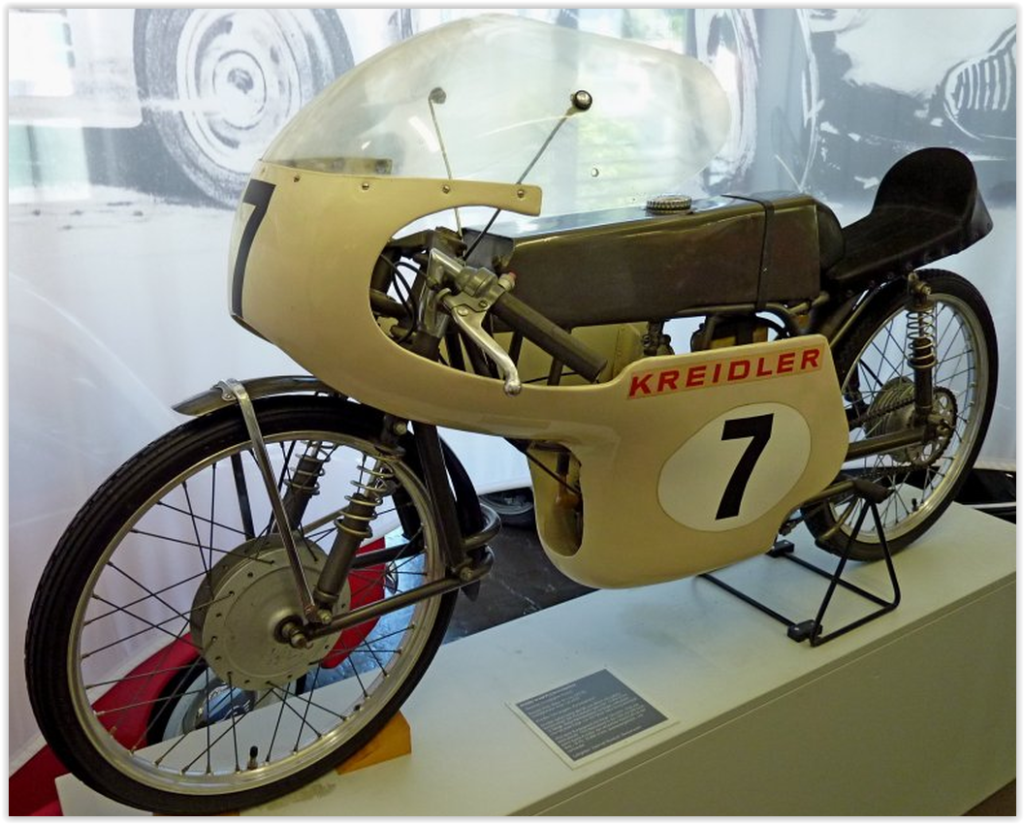
Immediately successful
Just a short time after joining Kreidler, Hans Georg had his first successes. In 1961, he won the European title up to 50 cm³. From 1962 to 1965 the German champion up to 50 cm³ was called H. G. Anscheidt on Kreidler four times in a row.


Great response in the press and entry into the world championship
The successes were not hidden from the public and the Stuttgarter Zeitung was already cheering in a headline: “Finally another chance for a World Cup!”. Even the news magazine Spiegel hoped in an article for “Glory for Germany in the shot glass class”. It included an allusion to the fact that the displacement of the 50 cm³ racing gnome was hardly more than a well-filled shot glass. But that didn’t mean the machines with the mini motors were slow. In the first few years, the racing drivers raced around the circuits at an initial speed of around 115 km / h, and later the small machines brought it up to 190 km / h.
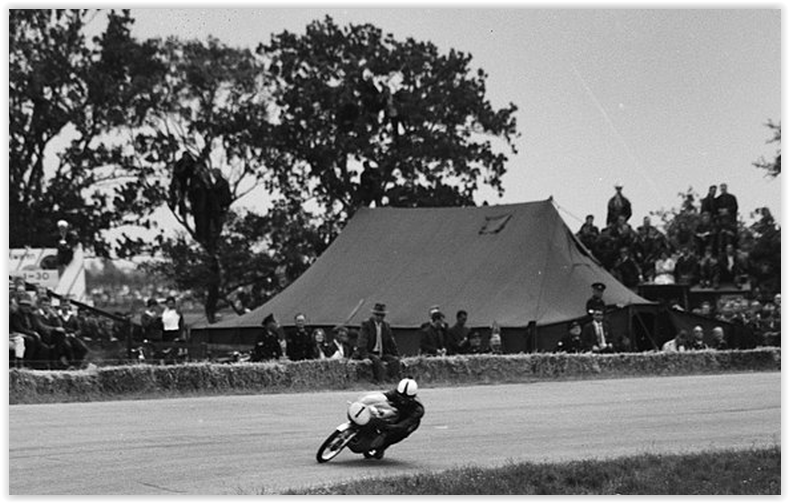
The perfect jockey figure
H. G. Anscheidt benefited from his small height of 166 cm and the fact that he was rather slim. Low weight and little air resistance are an invaluable advantage in the smallest classes. Leather suit and crash helmet were supposed to protect him, “but of course the safety regulations weren’t like they are today,” as he later put on record. In 1962 the company entered the newly established 50 cm³ category of the motorcycle world championship.
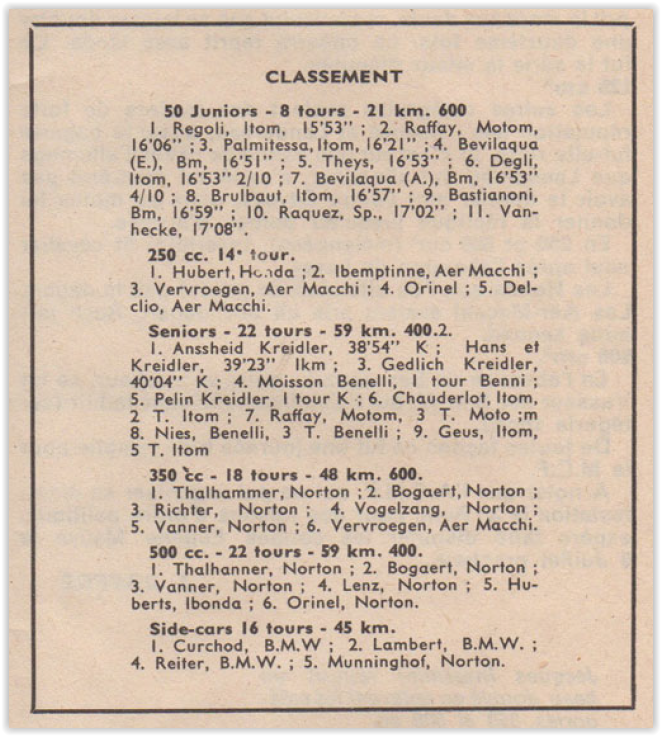
The overpowering opponent thanks to German engineering
The Japanese company Suzuki wanted to imitate the Honda company from the same country, which had entered the 125 cm³ and 250 cm³ classes from 1960. However, the Hamamatsu plant lacked the know-how to be really successful with two-stroke racing engines. So it came about that shortly after the construction of the Berlin Wall began, the MZ factory driver Ernst Degner, who came from the GDR, left Sweden in Kristianstad to Denmark and thus to “the West” on the weekend of the GP. He left the paddock on the day of the race on September 17, 1961, and a few days before that, with the help of friends, he organized the escape of his wife and two sons. Under circumstances that have remained dubious to this day, valuable material from the Zschopau company MZ came into the hands of Japanese competitors.


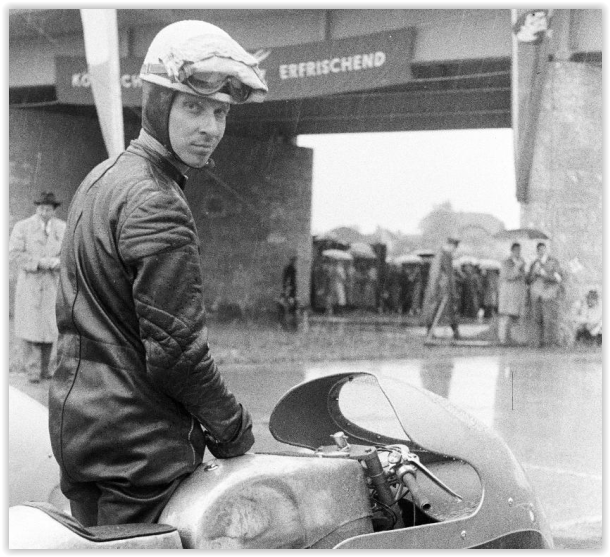
Suzuki – very successful thanks to a lot of know-how from Eastern Germany
See in a separate chapter on the “espionage case of the 1960s”. As a “consideration”, Ernst Degner was given a contract for the 1962 season by the Japanese Factory. With the German engineering skills of the ingenious MZ technician Walter Kaaden, Suzuki immediately achieved the breakthrough in the 50 category, newly created in 1962. For Kreidler and Hans Georg Anscheidt an overpowering opponent had grown out of nowhere and with 2 to 4 wins they lost to Degner on Suzuki in the first 50cc World Championship season. Instead of the hoped-for world championship title, it was at least the runner-up in the world championship for drivers and manufacturers.
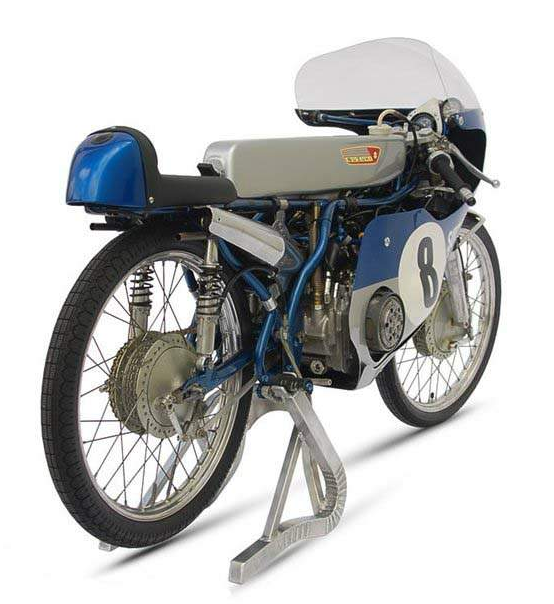
50cc riders World Championship 1962
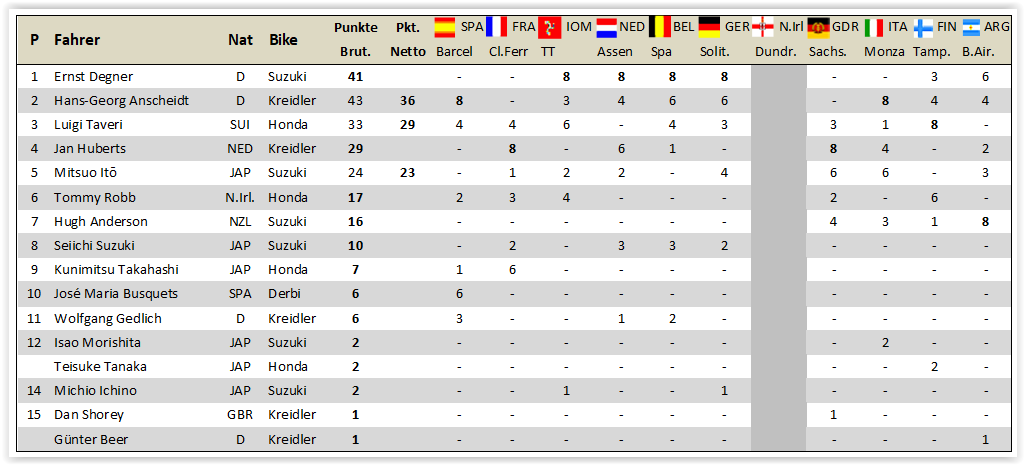
50cc manufacturers World Championship 1962

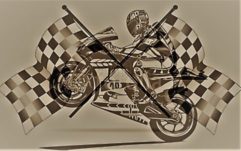
No Comments Yet